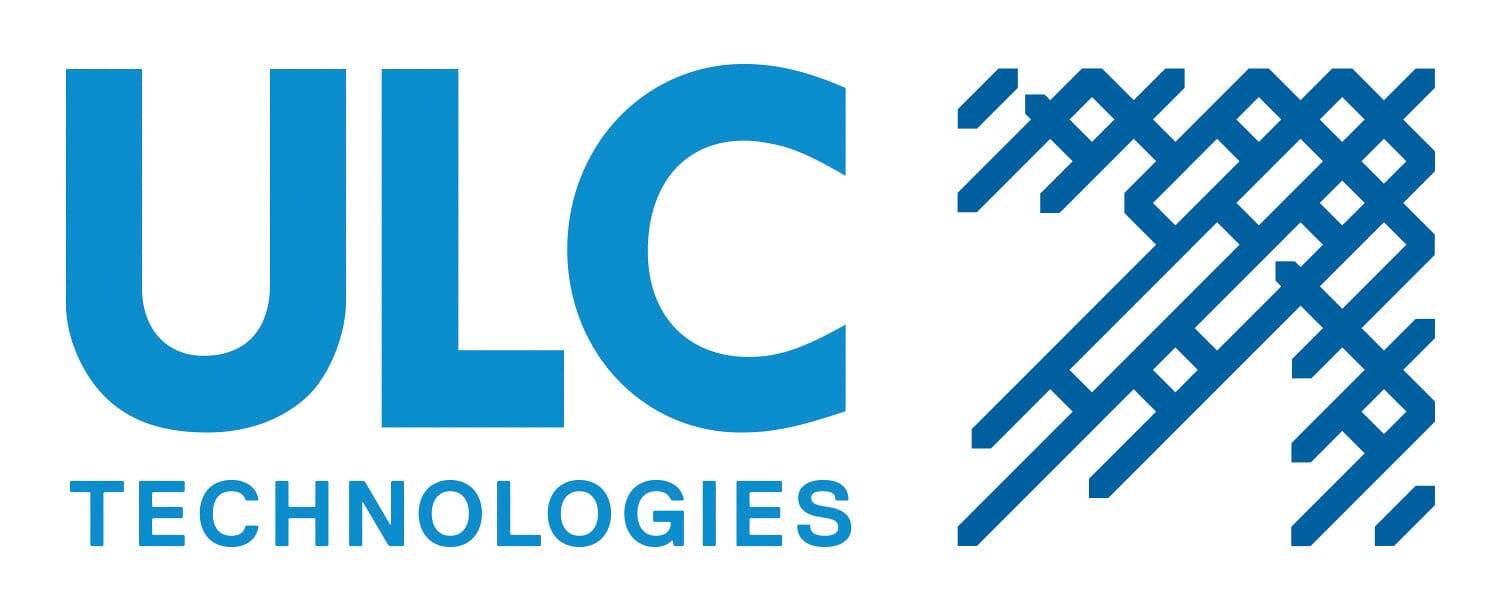This is the Sponsored paywall logged out

Despite the rise of implementing innovation into business as usual, street works are still being carried out with the risk of prominent challenges. In the UK, there are over 1.5 million kilometres of underground assets which risk being damaged by over 4 million heavy excavation and surface breakings that take place annually. This has led to the recent rise in robotics within the construction industry, as implementing autonomous solutions can improve performance, enhance safety and efficiency among many other benefits.
 ULC Technologies and UK gas distribution network SGN are revolutionising the way that roadworks are being performed through the development of the fully autonomous, all-electric Robotic Roadworks and Excavation System (RRES). The advancement of this robotic solution will assist in overcoming some of the many challenges faced by the current and traditional excavation methods that are present across the construction and utility sectors. Through the use of AI, below-ground locating sensors and precise robotic operations, RRES will support the movement towards using robotics-as-a-service across these industries as a way to reduce the typical challenges associated with conventional excavations.
ULC Technologies and UK gas distribution network SGN are revolutionising the way that roadworks are being performed through the development of the fully autonomous, all-electric Robotic Roadworks and Excavation System (RRES). The advancement of this robotic solution will assist in overcoming some of the many challenges faced by the current and traditional excavation methods that are present across the construction and utility sectors. Through the use of AI, below-ground locating sensors and precise robotic operations, RRES will support the movement towards using robotics-as-a-service across these industries as a way to reduce the typical challenges associated with conventional excavations.
The RRES project started in 2018, funded by Ofgem through the Network Innovation Competition and is in the final stages of development and testing before beginning field trials in the UK in early 2021. The use of below-ground locating sensors and machine vision allows RRES to identify the location of buried assets providing a clear indication of these assets before cutting the road surface with accuracy and precision through the use of a robotic arm. Equipped with a soft-touch excavation tool, RRES will avoid any potential damages to third party assets during excavation.
With aspiring UK Government targets of reaching net-zero by 2050, the NIC funded project is taking some of the first steps to paint a future where uncertainty and difficulties faced with excavation processes can be solved using new innovative technology. To this day, utility excavations still require a large physical footprint and presence on site, using multiple vehicles and heavy equipment while producing substantial waste. Not only does this create major disruptions to traffic and pedestrian access, but it causes concerns over the ability to reduce carbon emissions to reach net-zero.
Compared to conventional methods of excavation, RRES is an all-electric robotic platform that has a much smaller physical and carbon footprint, reinstating the excavation keyhole using recycled soil. Removing this element of disruption provides a significant reduction in emitting CO2, as well as reducing the disruption caused to local businesses and residences around the site. As we continue to innovate into the future, we foresee continued development in autonomous solutions for the construction and utility sectors.
For more information on RRES, visit: www.ulcrobotics.com





Please login or Register to leave a comment.